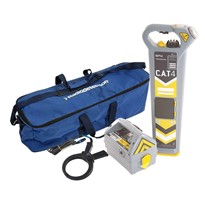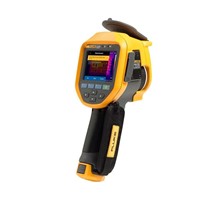A motor is at best one-sixth of the total energy loss potential for an electro-mechanical drivetrain.
And, what's more, it typically isn't even the most inefficient part. Mechanical devices, such as external transmission elements, have far more inefficiencies than electrical devices do. So, look there first to find your largest energy savings.
By revamping your entire drivetrain, you may actually be able to use a smaller motor and save even more
Right now, you are probably using a motor of a particular power rating to produce a certain output from your drivetrain. You may be pleasantly surprised to find that, by upgrading your gearbox, drive, and external transmission components, you will have gained enough efficiency that your motor power is now higher than you actually need.
Therefore, you may be able to save additional costs by purchasing a lower horsepower motor.
Motors are most efficient when integrated with other drivetrain components from the same manufacturer
Systems where the VFD, motor, and gearbox are all engineered by the same company are by nature designed to work well together, eliminating unnecessary inefficiencies and allowing additional energy savings. For example, integrating an SEW-EURODRIVE DRP motor, helical-bevel gear unit, and VFD will provide dramatically higher energy savings than simply replacing the motor.
The motor must be well-suited to your application
Just placing a premium-efficient motor on the line may not automatically solve all your energy problems, even if all the other components are as efficient as possible.
Ensure that the specifications of the motor fit your application, especially if you have a high-cycling application that is greater than 10 to 30 cycles/hour. If so, use a premium efficient motor designed for such an application with an appropriately sized integral brake. Also, where possible, use the smallest motor for the application so that it is loaded near 80 per cent and operates as close to it nameplate efficiency as possible.
Mechanical efficiencies matter, too
Worm gear units, which are common in the industry, have an efficiency range of 50 to 88 per cent, depending on the number of starts (teeth) on the worm gear or gear ratio.
Their poor efficiency is due to sliding gear contact. Since sliding produces friction, much of the energy is wasted through heat. Conversely, helical bevel gear units use rolling friction, so they lose only 1.5 per cent of efficiency for each stage.
Thus, a three-stage helical bevel gearbox is 95.5 per cent efficient. Although helical-bevel gear units are higher in initial cost, they will save money in energy over the lifetime of the system. If you are an end-user, consider specifying helical-bevel gear units the next time you purchase equipment for your plant. It is in your best interest.
Gearmotors eliminate even more efficiency losses
Gearmotors inherently yield tremendous increases in efficiency compared to the average flexible transmission system. Since a gearmotor contains a motor that is rigidly coupled and precisely aligned with the gear unit, the connection is nearly 100 per cent efficient.
By eliminating the friction and slippage associated with v-belts, pulleys or chains, you can quickly yield a potential 12-15 per cent increase in efficiency. You will save even more on the replacement and maintenance of belts. And, don't forget about safety.
Oil may be costing you
Oil plays a role in energy savings because it creates heat as it churns inside a gear unit. And, the amount of heat increases as the oil volume increases. Not only does heat increase your energy bill, it also damages gears and seals. Excessive heat is especially problematic for larger gear units - typically with an output shaft diameter greater than 60mm.
Consider the following when designing or servicing your gear units: mounting Position; input speed; synthetic oil; and viscosity.
Conclusion
As you can see, energy-efficient motors play an important role in reducing energy usage and increasing cost savings. But, they are by no means the cure-all to every energy consumption problem. In addition to weighing the characteristics of the energy-efficient motors available on the market, it's important to consider all of the elements in the drivetrain equation.
For maximum energy savings: replace motor with a Premium Efficiency motor, such as the SEW-EURODRIVE DR; choose a motor appropriate to your particular application; replace worm gear units with helical-bevel or helical gear boxes; use the most efficient drivetrain, such as a gearmotor configuration; eliminate intermediate transmission elements; use a VFD to optimise your motor efficient, control its energy usage, or recover regenerative energy- providing your application merits its use; and consider if your efficiency gains will allow you to use a smaller motor for your desired application.
- Suppliers
- New to IndustrySearch? Book a Demo
- Advertise with us
- Login
- Email Marketing
- Buyers
- Get Quotes
- Articles & Ideas
- Login
- Subscribe to newsletter
- My Details
- Get Quotes
- Automation & Control
- Automotive Workshop Equipment
- Cleaning Equipment
- Construction & Heavy Machinery
- Conveyor Systems & Components
- Cranes & Hoists
- Electrical & Power Generation Equipment
- Electronic Components
- Farming & Agriculture
- Food & Beverage Processing
- Forklifts & Attachments
- Hydraulic & Pneumatic Equipment
- Industrial Materials, Tools & Components
- Industrial Pumps
- IT Hardware & Industrial Computing
- IT Software & Applications
- Laboratory Equipment & Instruments
- Manufacturing & Industrial Equipment
- Material Handling & Lifting
- Metalworking & Machining
- Mining Equipment & Machinery
- Packaging & Labelling Machinery
- Pallet Management
- Personal Protective Equipment
- Security & Surveillance
- Test & Measurement
- Transport Equipment
- Trucks & Trailers
- Warehouse Storage & Racking
- Waste & Environmental Management
- Welding Machines & Accessories
- Woodworking & Joinery Machines
- Workplace Equipment
- Workplace Safety Equipment
- Get Quotes
- Automation & Control
- Automotive Workshop Equipment
- Cleaning Equipment
- Construction & Heavy Machinery
- Conveyor Systems & Components
- Cranes & Hoists
- Electrical & Power Generation Equipment
- Electronic Components
- Farming & Agriculture
- Food & Beverage Processing
- Forklifts & Attachments
- Hydraulic & Pneumatic Equipment
- Industrial Materials, Tools & Components
- Industrial Pumps
- IT Hardware & Industrial Computing
- IT Software & Applications
- Laboratory Equipment & Instruments
- Manufacturing & Industrial Equipment
- Material Handling & Lifting
- Metalworking & Machining
- Mining Equipment & Machinery
- Packaging & Labelling Machinery
- Pallet Management
- Personal Protective Equipment
- Security & Surveillance
- Test & Measurement
- Transport Equipment
- Trucks & Trailers
- Warehouse Storage & Racking
- Waste & Environmental Management
- Welding Machines & Accessories
- Woodworking & Joinery Machines
- Workplace Equipment
- Workplace Safety Equipment
Trusted by 1.2 million Australian industrial buyers
Buyers
- Discover products & solutions
- Login
- Subscribe To Newsletter
- Browse All Products
- Read Articles
Suppliers
Advertise
- Promote your products & solutions
- New to IndustrySearch? Book a Demo
- Login / Forgot Password
- Advertise Your Products
- Success Stories
- Email Marketing
- Suppliers
- Advertise with us
- Login
- Email Marketing
- Buyers
- Get Quotes
- Articles & Ideas
- Login
- Subscribe to newsletter
- My Details
Get Quotes
- Automation & Control
- Automotive Workshop Equipment
- Cleaning Equipment
- Construction & Heavy Machinery
- Conveyor Systems & Components
- Cranes & Hoists
- Electrical & Power Generation Equipment
- Electronic Components
- Farming & Agriculture
- Food & Beverage Processing
- Forklifts & Attachments
- Hydraulic & Pneumatic Equipment
- Industrial Materials, Tools & Components
- Industrial Pumps
- IT Hardware & Industrial Computing
- IT Software & Applications
- Laboratory Equipment & Instruments
- Manufacturing & Industrial Equipment
- Material Handling & Lifting
- Metalworking & Machining
- Mining Equipment & Machinery
- Packaging & Labelling Machinery
- Pallet Management
- Personal Protective Equipment
- Security & Surveillance
- Test & Measurement
- Transport Equipment
- Trucks & Trailers
- Warehouse Storage & Racking
- Waste & Environmental Management
- Welding Machines & Accessories
- Woodworking & Joinery Machines
- Workplace Equipment
- Workplace Safety Equipment
Get Quotes
- Automation & Control
- Automotive Workshop Equipment
- Cleaning Equipment
- Construction & Heavy Machinery
- Conveyor Systems & Components
- Cranes & Hoists
- Electrical & Power Generation Equipment
- Electronic Components
- Farming & Agriculture
- Food & Beverage Processing
- Forklifts & Attachments
- Hydraulic & Pneumatic Equipment
- Industrial Materials, Tools & Components
- Industrial Pumps
- IT Hardware & Industrial Computing
- IT Software & Applications
- Laboratory Equipment & Instruments
- Manufacturing & Industrial Equipment
- Material Handling & Lifting
- Metalworking & Machining
- Mining Equipment & Machinery
- Packaging & Labelling Machinery
- Pallet Management
- Personal Protective Equipment
- Security & Surveillance
- Test & Measurement
- Transport Equipment
- Trucks & Trailers
- Warehouse Storage & Racking
- Waste & Environmental Management
- Welding Machines & Accessories
- Woodworking & Joinery Machines
- Workplace Equipment
- Workplace Safety Equipment
Trusted by 1.2 million Australian industrial buyers


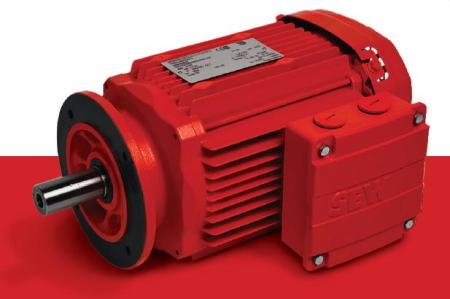
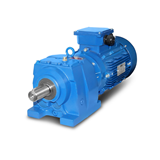
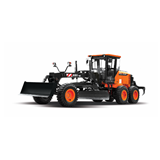
-160x160-state_article-rel-cat.png)


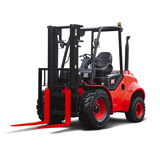








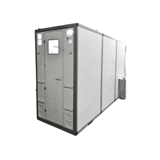

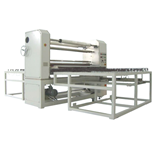


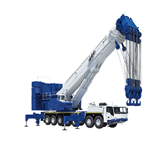
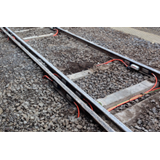



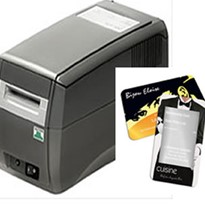
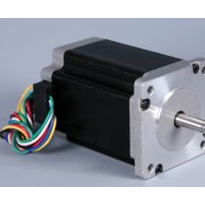
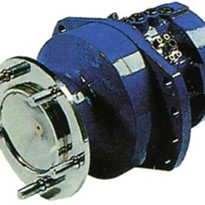

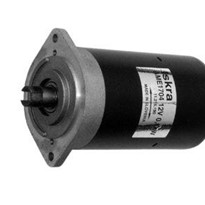
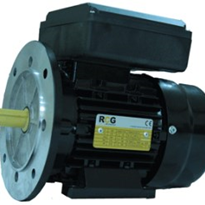
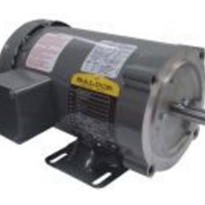
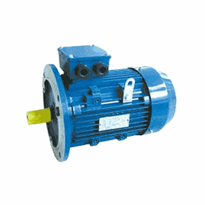
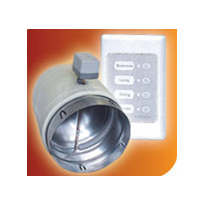
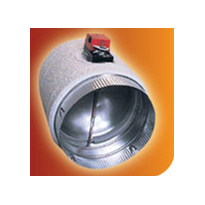
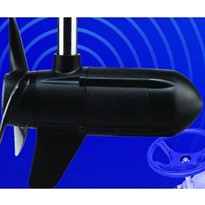
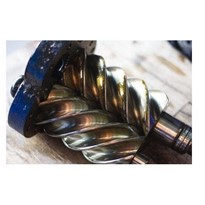
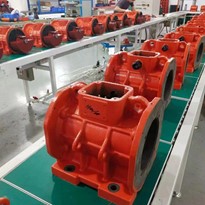

-205x205.jpg)
